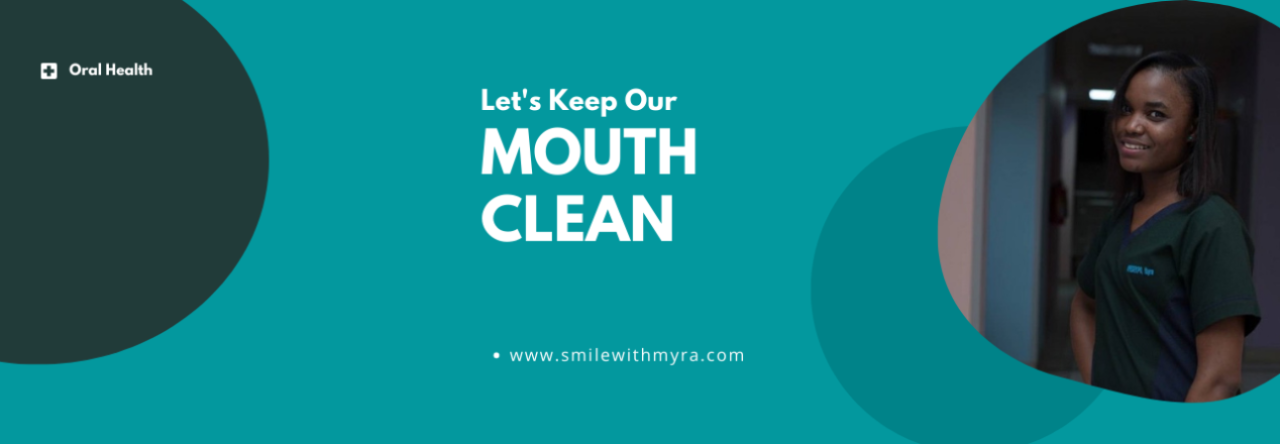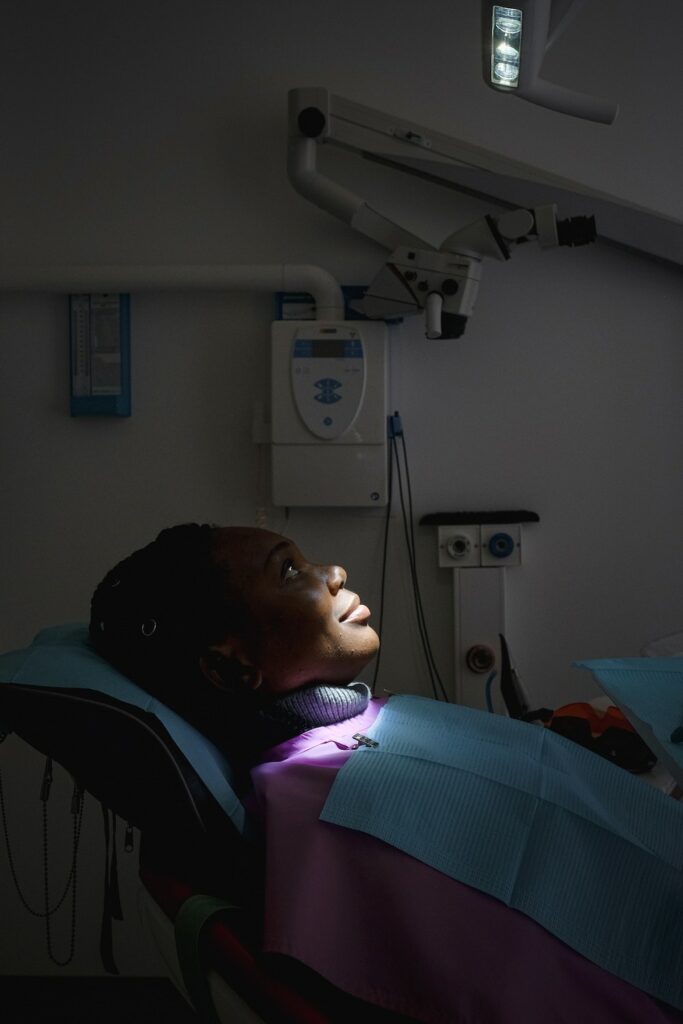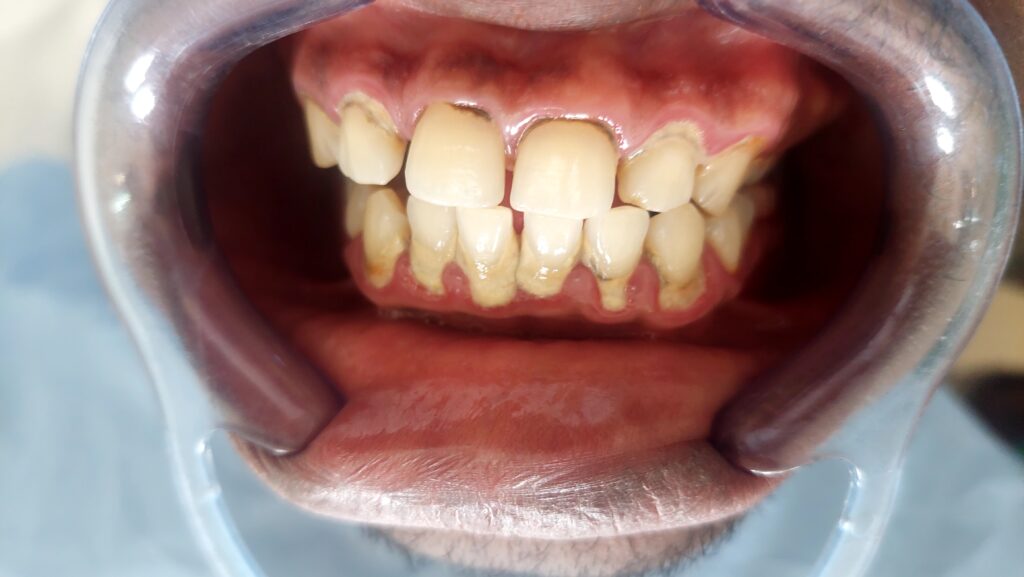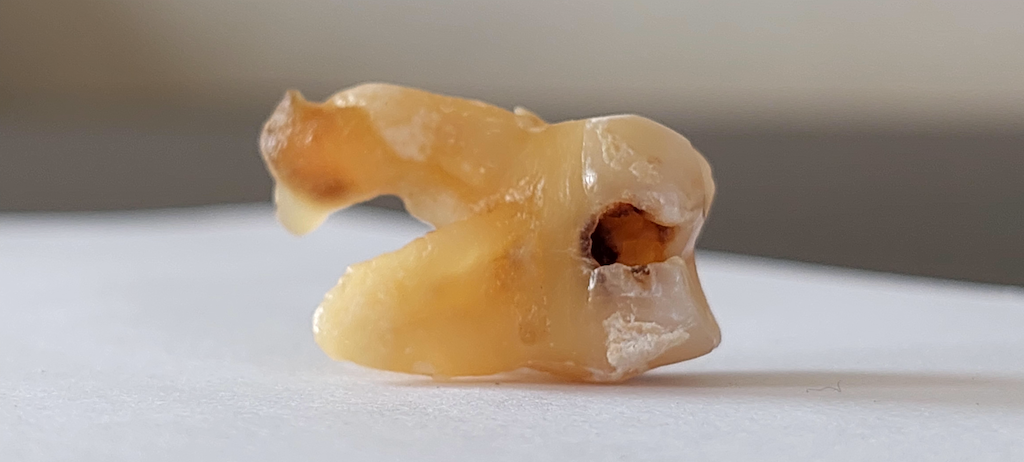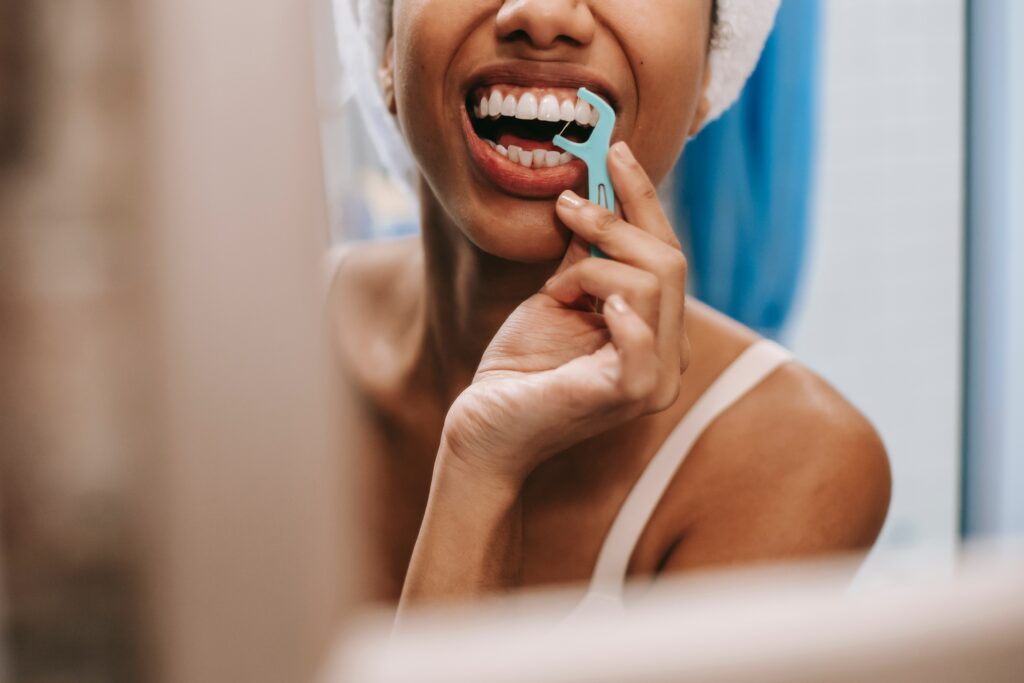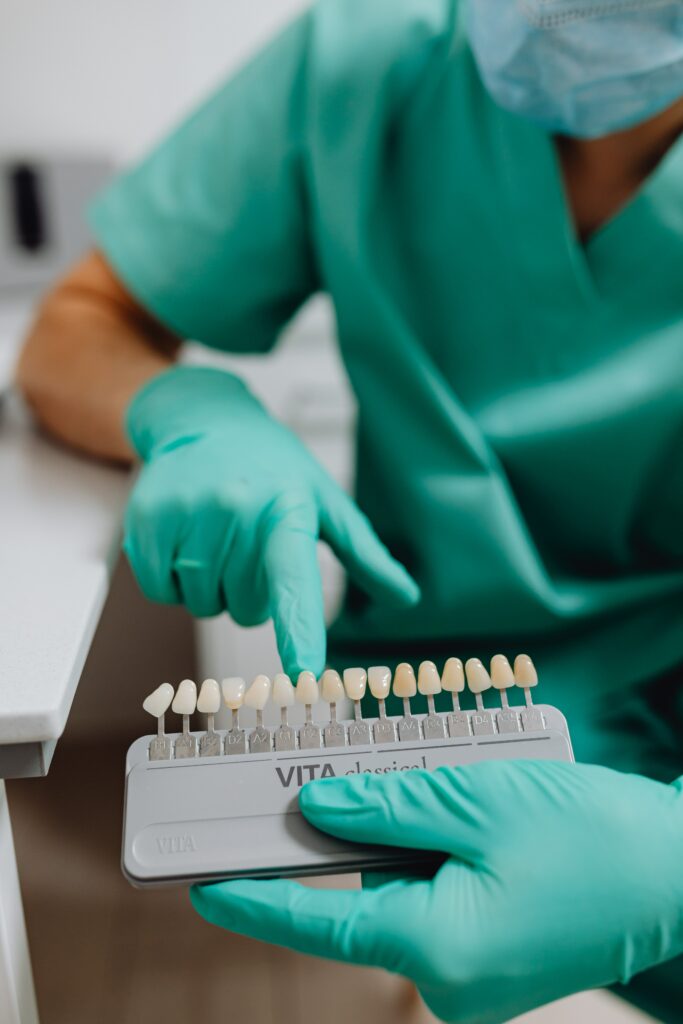
The field of Dentistry has come a long way. One of the most common fears is visiting a dentist. From the horror stories of dentists pulling out teeth with pliers, chisels, hammers and the terrifying sounds of the dental drill, stems from enduring lengthy procedures in the dental chair and the nightmares after seeing all those terrifying instruments.
Very few people like visiting a dental clinic although regular check ups are crucial to their oral health and overall well being. Over the years, the field of dentistry has evolved from simply extracting a tooth, to saving the tooth and currently encouraging preventive dentistry. Innovative technologies have played a significant role in transforming dentistry and improving oral health outcomes for patients. Some of these technologies are discussed below:
Toothbrushes
In a generation where smart technology has taken over phones, homes etc, dentistry has not been left out. These smart toothbrushes perform a wide array of functions, such as detecting plaque deposits, providing feedback on brushing technique and also evaluate the quality of your breath and saliva. These provide added benefits over traditional tooth brushes.

Early diagnosis of caries
Early detection of cavities avoids spending more money at the dentist than having a larger cavity that has to be filled. Currently, dentists are using diagnostic devices such as DIAGNOdent, a pen-like probe that uses laser beam technology to detect cavities hiding in places regular radiographs can not find. It is an examination tool that allows for early detection of caries.
Dental imaging
Digital radiographs (X-Rays) are one of the most useful technological advancements in dental radiology. They are faster, contain less radiation and the dentist receives the image in a matter of seconds on a monitor. The dentist can then zoom into the image to better assess and educate the patient regarding their oral health. Same theory applies to intraoral cameras and scanners that provide precise and well-defined pictures of a patient’s mouth. These pictures allow dentists to show these images to patients during an assessment and educate the patient.
Dental implants
The most common options available for tooth replacement used to be dentures and bridges. However, these replacement options are gradually fading out as modern dentistry is leaning towards dental implants. Dental implants are medical screw-replacements for the root portion of the tooth, surgically implanted into the jaw to restore a patients’ function such as appearance and ability to chew. They provide support to artificial teeth like implant supported crowns, bridges and dentures. Owing to their natural look and feel, they are an effective option for tooth replacement.
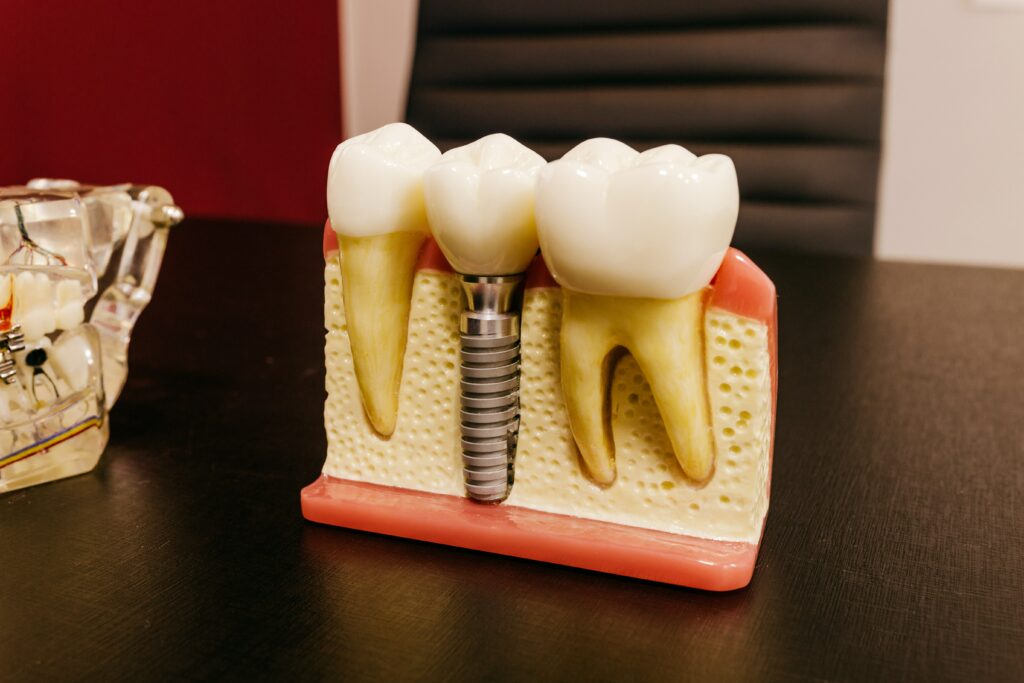
Clear Aligners
The traditional metallic braces were replaced by ceramic ones, these involved spending long hours in the dental chair for reviews and looking like the jewelry shop exploded in your mouth. The introduction of clear aligners such as Invisalign, a clear and invisible braces to gently straighten teeth is an innovation the dental field needed. They provide an effective and comfortable way to straighten smiles without the inconvenience of wearing heavy, metal braces on the teeth. Invisalign braces get the job done in less time with less hassle.
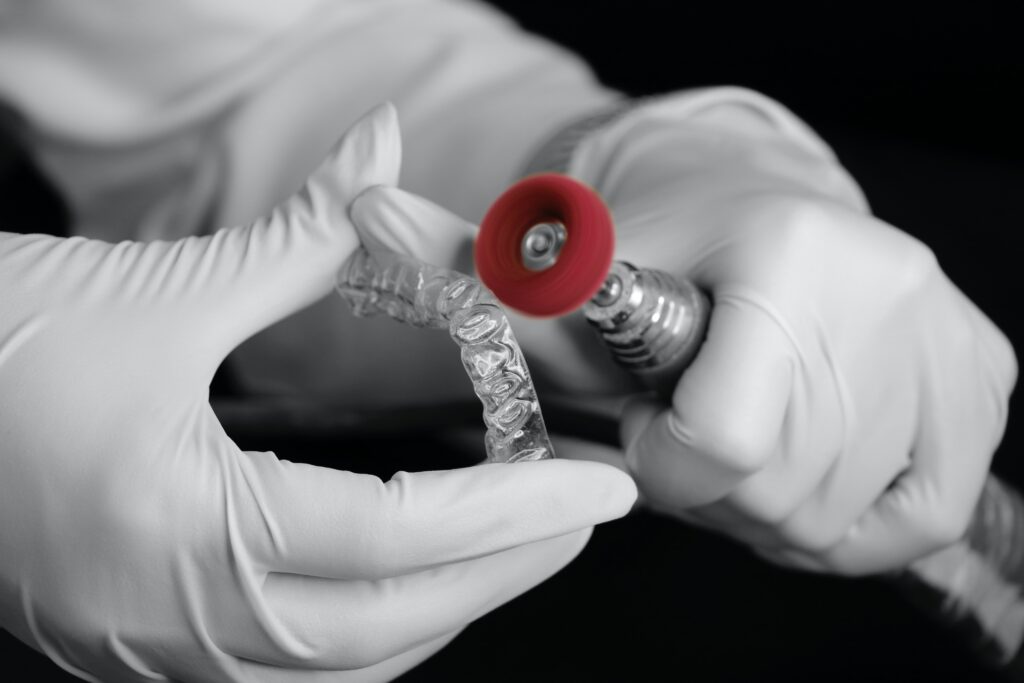
Laser Dentistry
Lasers have simplified a number of dental procedures including lesion removal, reshaping of the gum, teeth whitening, removal of bacteria in filling a cavity and root canal treatment, avoiding any complications. Laser dentistry is painless and fast and has improved efficiency and eliminated discomfort of lengthy dental treatments.
In summary, these new technological advancements and tools help dentists improve the oral hygiene and oral health issues of their patients, by allowing a thorough checkup of the mouth and providing better assessment of patient’s oral care and needs.
